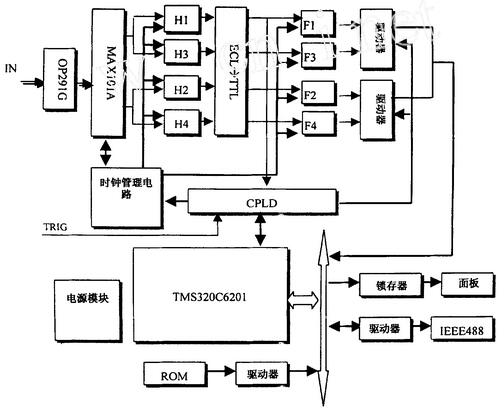Because the pulse of the laser rangefinder is extremely narrow, the transmitted pulse width is only a few nanoseconds, and the maximum received pulse width is only about 20 nanoseconds.
The requirement of sampling frequency is very high, which increases the difficulty of digitization. Because the analog signal processor can only detect the target for a single pulse echo signal, and it is difficult to
The constant false alarm processing cannot make full use of the relevant information between pulses. Therefore, the analog signal processor can only work under the condition of a large signal-to-noise ratio.
The noise ratio is about 9-10, which greatly reduces the detection distance of the laser rangefinder. Therefore, how to improve the measurement distance and ranging accuracy of laser rangefinders is nowadays
A problem that the world is solving.
At present, the laser rangefinder with high-speed digitization and high-speed DSP processing functions has passed the laboratory test and the field experiment test, and has reached the required performance.
Performance indicators. Greatly improve the working distance of the laser rangefinder. The hardware composition of the digital laser rangefinder The digital processor of the digital laser rangefinder can be roughly divided into three parts:
The first part is a 500MHz high-speed analog-to-digital converter
The second part is digital signal processing (DSP)
The third part is various interface circuits.
As shown in Figure 1

The analog laser rangefinder can only detect a single laser pulse echo, using the voltage comparison method. First determine a threshold voltage, if the echo voltage is greater than the threshold voltage, it is judged to be the target; otherwise, it is judged not to be the target. The digital laser rangefinder can not only perform single-pulse detection, but also easily perform multi-pulse detection. When the digital laser rangefinder detects a single laser pulse signal, it can perform matched filter processing, CFAR detection and other processing on the echo signal, which can improve the signal-to-noise ratio and detection accuracy of the echo signal. In this way, the maximum detection probability can be obtained under a certain false alarm probability. At the same time, the digital laser rangefinder can also perform digital processing such as correlation detection, feature matching, and matching tracking.




